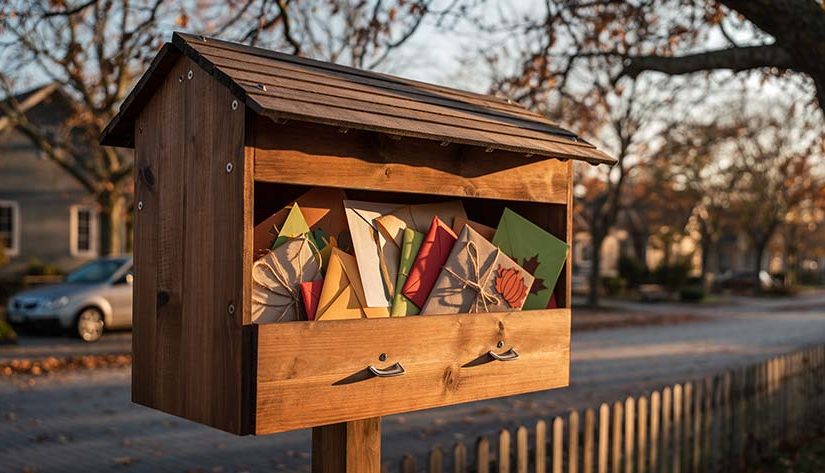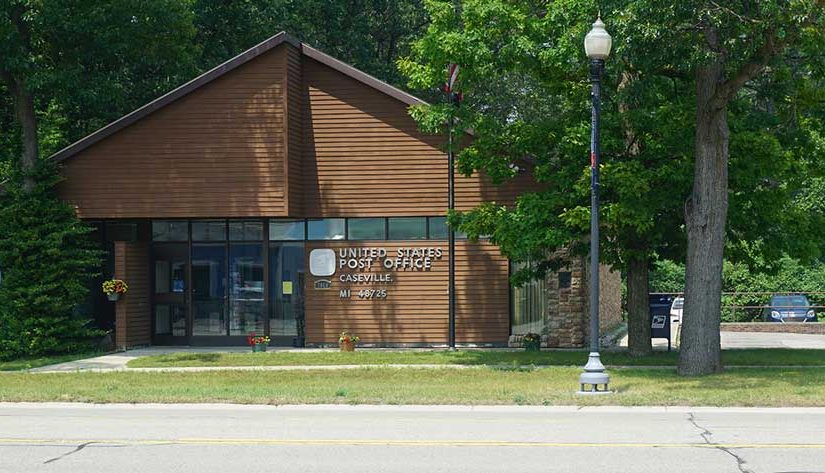Thanksgiving has a way of slowing us down. Even in a world built on speed, automation, and digital-to-physical communication, this day invites us to pause and appreciate the people behind the work — the people who trust us, rely on us, and show up for us.
For a company like LetterStream, where thousands of organizations depend on us to send critical mail online safely and accurately, Thanksgiving means more than a holiday. It’s a reminder of why we do what we do: to serve people — real people — with care, consistency, and gratitude.
So today, instead of talking about technology or systems or production workflows, we want to talk about you — our customers, our partners, and our team.
To Our Customers: You’re the Heart of What We Do
Whether you’ve used LetterStream for years or you just discovered our print and mail service this quarter, we are grateful for the trust you’ve placed in us.
Many of you handle high-stakes communication — legal notices, HOA statements, healthcare letters, financial updates, compliance mail, and everything in between. These aren’t just “mailings.” They’re commitments. They represent promises between you and your residents, your clients, your communities, and your stakeholders.
And each time you choose LetterStream to send mail online on your behalf, you’re trusting us with those commitments. We don’t take that lightly.
This year, we’ve seen businesses across dozens of industries adapt, scale, and find new ways to operate. You’ve navigated changes in cost structures, regulations, delivery expectations, technology, and customer needs — all while staying focused on serving others. We’re thankful to be part of that mission and honored to support it.
Whether you mailed 50 pieces or 50,000 pieces this year, you’ve helped us grow, improve, and innovate. And we’re thankful for the conversations, feedback, and stories you’ve shared about how our platform helps your business run smoother.
You make our work meaningful.
To the Teams Behind the Mailrooms, Desktops, and Dashboards
LetterStream works with incredible professionals — managers, operations leads, paralegals, billing teams, administrators, customer support staff, compliance officers, coordinators, and entire departments who keep communication moving.
You are the ones who:
- Upload files at 10 p.m. because a deadline can’t wait
- Choose Certified Mail online for accountability
- Track delivery statuses for important recipients
- Update addresses
- Plan mail drops
- Keep things running when systems change, when markets shift, or when volumes spike
You’re the unseen heroes in many organizations. The ones who protect timelines, ensure accuracy, and make sure the right information lands in the right hands.
We see the work you do, and today, we’re especially thankful for it.
To Our LetterStream Team: None of This Happens Without You
Technology matters. Systems matter. Automation matters. But people are what make LetterStream, LetterStream.
To our production crew — thank you for handling the physical side of business-critical communication with incredible precision. Every envelope sealed, every tray sorted, every shift covered… those seemingly small actions are what make our operation dependable.
To our customer support and account teams — thank you for being thoughtful, patient, and helpful. We hear from customers all the time about how much they appreciate working with real humans who genuinely care.
To our developers and technology teams — thank you for building dependable tools that allow customers to send mail online with confidence. The dashboards, visibility, and automation you create make life easier for thousands of people every day.
To our leadership, operations, marketing, and everyone who makes this place work — thank you for championing accuracy, consistency, and service. LetterStream exists because you do.
This Year, We Are Especially Grateful for…
Reliability.
Every time a customer uploads a file, selects a mail class, and trusts us to handle it — that’s a privilege. Thank you for giving us the opportunity to serve.
Resilience.
So many of our customers are navigating rising costs, shifting expectations, and changing communication habits. Yet you stay committed to accuracy and professionalism, and we’re honored to support you.
Relationships.
The emails, feedback, and shared ideas — they help us get better. We appreciate every conversation.
Impact.
Whether it’s a compliance notice, a billing statement, a legal communication, a postcard, or a simple reminder, your mailpieces matter more than you know. They help communities function, help organizations stay in rhythm, and help people stay informed.
Thank you for allowing us to play a part in that impact.
A Thanksgiving Message as We Head Toward 2026
As business mail evolves — with shifting costs, hybrid communication, and automation shaping the future — our commitment stays the same: to be the most reliable, secure, and user-friendly print and mail service available.
But more importantly, we remain committed to the people behind the mail.
The people who trust us.
The people who work alongside us.
The people who keep businesses and communities connected.
On this Thanksgiving Day, we want you to know one thing:
We are grateful for you — today and every day.
Enjoy this time with family, friends, and the people who make your world brighter. We’ll be here when you need us again — ready to help you send business-critical mail with confidence, accuracy, and ease.
LetterStream offers bulk printing and mailing services allowing companies to send physical mail online. Whether it’s online Certified Mail, First-Class Mail, FedEx 2Day, or postcards, we give both small businesses and large corporations that time and freedom back to work on tasks that better serve the company. If you’re interested in creating a free account, you can do so, here.











